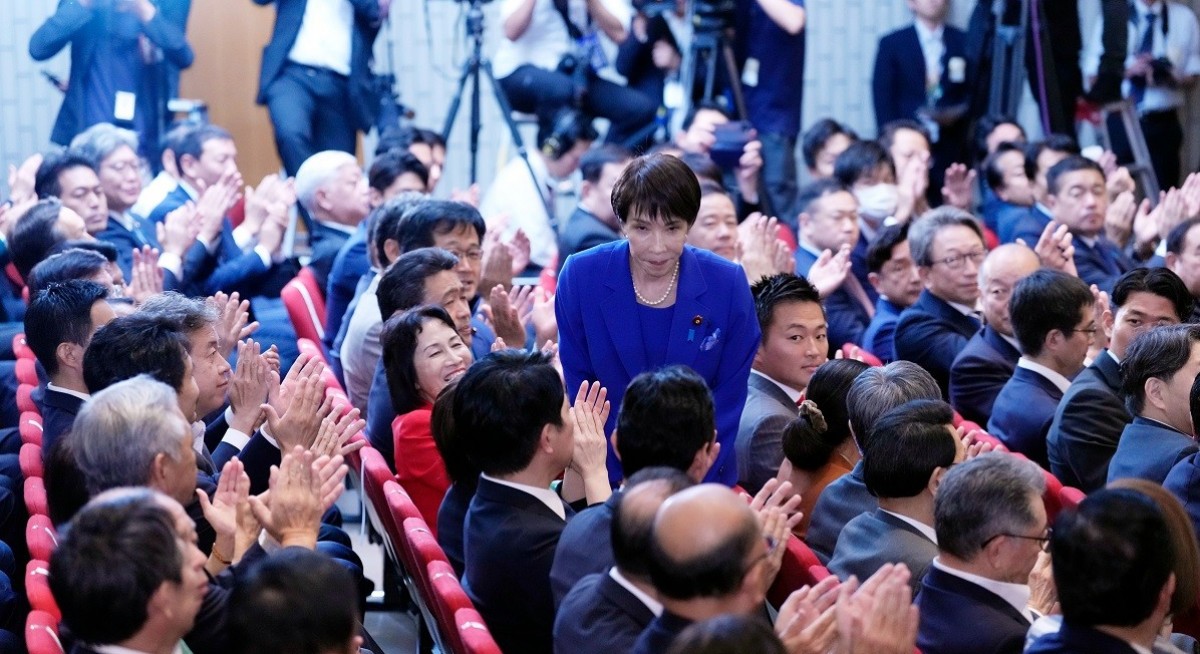In September 2025, the BoJ announced the unwinding of its total ETF purchases by roughly US$2.5 billion ($3.24 billion) annually, out of its book value holdings of JPY37.1 trillion ($316 billion). The market value of the BoJ’s holdings is estimated at JPY85 trillion. So far, the looming sales have not affected Japanese stock prices. Why?
The broader trend of low yen exchange rates, low interest rates and slow and steady balance sheet reforms in the Japanese economy in the last two decades has caused a gradual return to greater productivity and revival. When the yen is on a downward trend, the carry trade, in which the borrower borrows yen to invest in US markets with higher interest rates, will earn positive carry, being a higher interest rate return and higher foreign exchange profits because the yen is expected to depreciate against the US dollar. The risk is that the yen suddenly appreciates, so hedge funds and speculative housewives who manage the bulk of Japanese household savings (the apocryphal Mrs Watanabe) are mainly responsible for taking such risks. Since Kuroda launched his unusual monetary policy, the yen has depreciated from a peak of 77.3 against the US dollar in January 2012 to 160 by July 2024, before higher inflation and interest rate hikes caused some appreciation back to the 145 to 150 range today.
During this period of a weak yen, Japanese holdings of long-term US Treasuries went from US$1.1 trillion at end-2012 to US$2.5 trillion at end-2024, according to US Treasury data. However, according to the Japanese Ministry of Finance’s net international investment position data, Japanese gross holdings of foreign portfolio investments grew from JPY308.1 trillion (US$4 trillion at an exchange rate of 76) to JPY693.9 trillion (US$4.4 trillion at an exchange rate of 157). If the dollar were to depreciate against the yen, Japanese holders of US dollars would start diversifying out of the greenback.
The size of Japanese flows into US dollar assets annually has been a significant factor in global liquidity and market prices. Japan alone held 13.5% of long-term US Treasuries in 2012, and even after the rise of Chinese holdings, the ratio at end-2024 was still 11%. Thus, if Japan were to reduce its holdings of US Treasuries or repatriate dollar holdings back to yen assets, the impact on the exchange rate and US financial assets would be significant.
See also: Japan's central bank likely to hike this month, stay open to more moves — Bloomberg
The rise of the Japanese stock market reflects that portfolio rebalancing. If Japanese corporations and investors were to repatriate dollars to yen assets, what would they buy? The largest portion should be bonds, but bond prices are very high because of the current low interest rates. If inflation increases, at the current rate of 3% per annum, then bond prices would suffer capital depreciation. Land prices are still depressed except in key urban areas due to the ageing population and decline in birth rates. Thus, Japanese corporations have begun to buy back their own stock with their cash flow.
According to the latest available information, Japanese corporations bought back JPY14.9 trillion of their own stock in 2024, which was 1.7 times the previous year’s level. In the first half of 2025, they already bought back JPY9.4 trillion and may exceed JPY20 trillion for the full year of 2025. Thus, in addition to foreigners buying Japanese equity due to reasonable earnings valuation and the prospect of a stronger yen, it is the Japanese companies themselves that are driving up their own share prices.
Japanese companies have a reputation of being modest in their publicity of their achievements in reforms, mainly because of two decades of struggling with keeping jobs and improving their product quality and innovation. Nevertheless, foreign manufacturers appreciate that Japan has world-class research and development and high-quality labour, but ageing corporations, due to retiring owners/entrepreneurs. So, private equity firms have been buying up Japanese companies with good intellectual property rights and engineering skills. Japanese conglomerates have also begun to appreciate that instead of having a mixed group of subsidiaries under one umbrella, it would be more profitable to separately list their semiconductor or specialist engineering arms to get higher valuations.
See also: Japan rebuts China’s second letter to UN as dispute simmers
With geopolitical tensions rising, Japan will increase its spending in defence and military technology, which will also drive the economy forward. Broadly speaking, we see a general rebalancing of global financial markets, creating higher prospects for the Japanese stock market as the world needs to de-dollarise due to the growing and unsustainable US fiscal debt. The problem with forecasting the Japanese economy is that the yen has been far more volatile due to the carry trade that can swing the market up and down. One shrewd market observer thinks that at the end of the year, the yen could be either 120 or 180 against the US dollar. So what you make on the stock market could be offset by the yen depreciation.
With the recent election of the first Japanese female Liberal Democratic Party leader, Sanae Takaichi, the Nikkei 225 hit a record high of 48,000 points. The yield on the 30-year JGBs touched 3.333%, also an all-time high. Will the first female prime minister in the history of Japan undertake major reforms to revive its economy? That is the big question facing not just investors in Japan, but also will have an impact on global financial markets in the days to come.
Andrew Sheng writes on global issues from an Asian perspective




